
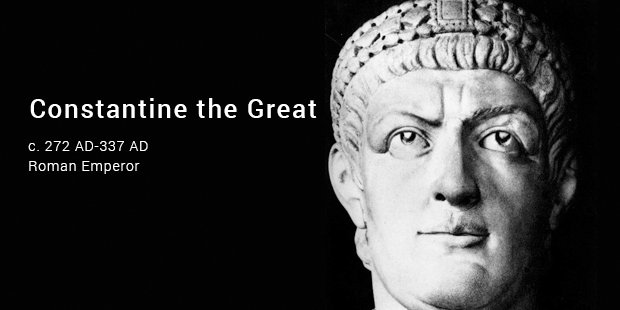
CONSTANTINE THE GREAT
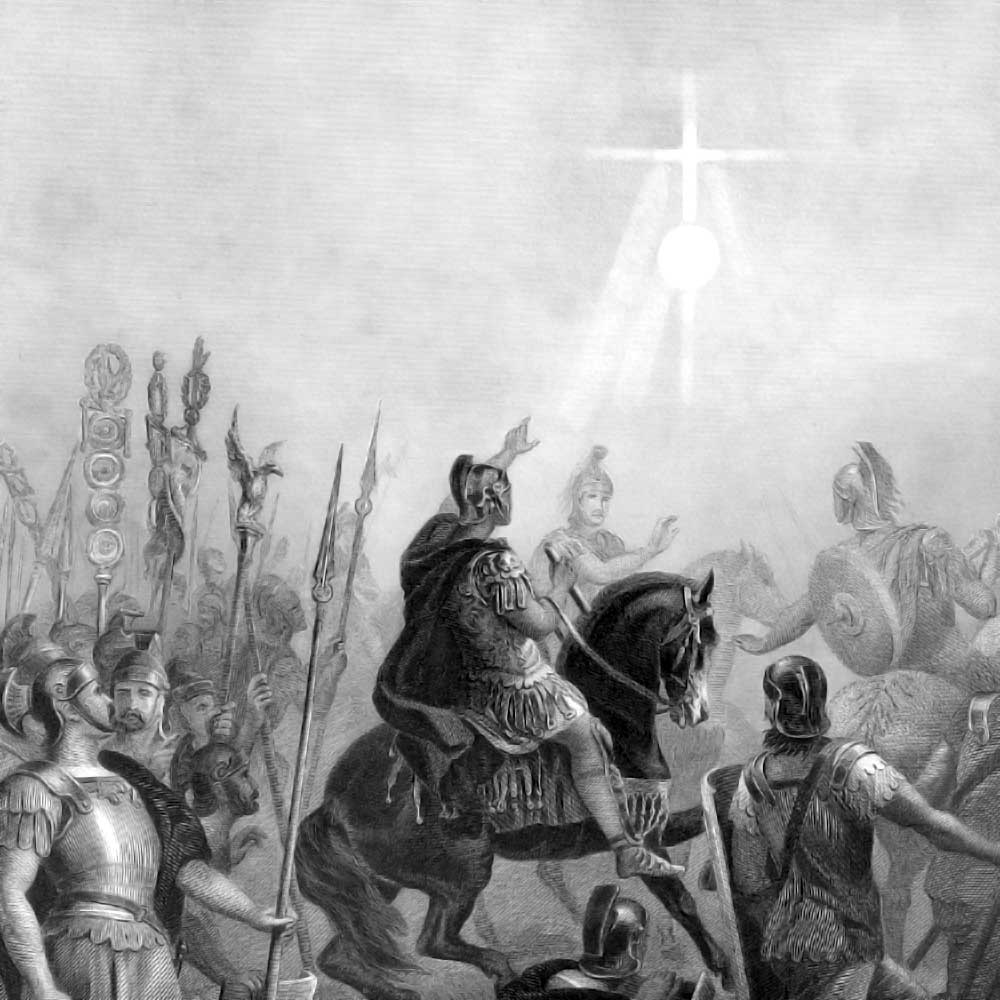
While marching from Gaul to Italy during a campaign to wrest control of Rome from an imperial usurper in the year AD 312, the emperor Constantine the Great felt the need for divine assistance against the substantial armed forces and the numerous religious rites employed by his enemy. Noting that the previous generation of emperors who had followed the traditional pagan cults and persecuted the Christian Church had come to unhappy ends, he invoked the Deus Summus, the “Highest God” of the universe, in prayer for aid and power in his time of trial. Believing that he had received an answer to this appeal through revelatory experiences from the God of the Christians, he decided to employ the caelestia signa, the “celestial symbols” of Christ, as talismanic emblems on the arms of his troops. The emperor’s climactic victory at the Battle of the Mulvian Bridge on 28 October 312 convinced him that he had made the right choice for a divine patron and that he should direct his religious loyalty to this Divinity in the future

Battle of the MulvianBridge on 28 October 312
Constantine had come to power as the son and heir of the Illyrian soldier emperor Constantius, who had served in the Tetrarchy of Diocletian (293–305). The four emperors of the First Tetrarchy had pulled the Roman world out of the chaos of political convulsions, external invasions, economic decline, and cultural disunity which had nearly destroyed the empire in the mid-third century. Constantine had served under his father’s colleagues as a young man, and would adopt many of the reforms they had instituted. However, he felt that they had gone astray in persecuting the Christians of the empire; and upon taking power in 306, he restored religious freedom to the Christians in his domains. Having broken away from the religious policy of the other emperors in the Second Tetrarchy, he gradually evolved from pagan polytheism through Solar syncretism to Christian monotheism in his personal religious orientation. After his conversion experience in 312, he became a devout Christian believer, and allowed his religious confession to affect his imperial policies. He included Christian clergy in his court circle, immersed himself in Christian literature, and got involved in Church disputes. He used legislative powers to give the Catholic Church a favored position in Roman law, expended material resources to build Christian basilicas in Roman cities, and employed imperial propaganda to spread the Christian faith through Roman society. His victory in the struggle for political dominance ensured the triumph of Christianity in the contest for religious supremacy in the Roman world. Thus, through the course of the long reign of Constantine (306–37), the Christian Church was transformed from a persecuted minority cult into an established majority religion evolved into the Christian empire of the Byzantine Era.
However, he was sketchy on military and political issues,
bEFORE HE BECAME EMPEROR her served under Emperor Diocletian and the Caesar Galerius in the east while his father Constantius was serving as Caesar under the Augustus Maximian in the west.

Emperor Diocletian


Caesar Galerius emperor in the east city of Rome

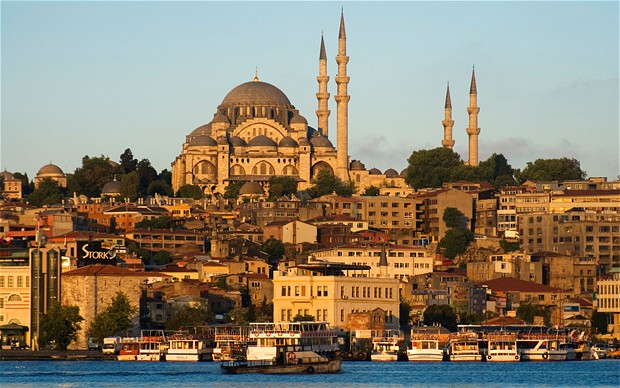
father of Constantine the great Constantius emperor in the west
WARS BETWEEN CONSTANTINE AGAINST MAXENTIUS:
CONSTANTINE USED THE EMBLEM OF CHRISTIANITY FOR THE UNIFORM AND SHIELD OF HIS ARMY
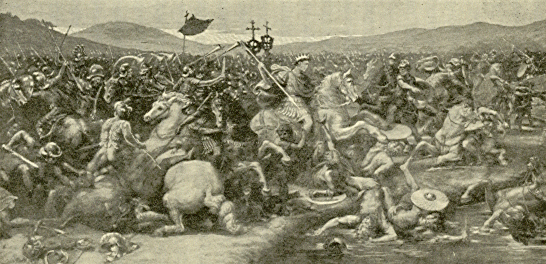
--

his vision to use the symbol of the cross of Christ to win the battles and to rule the world through the belief in Christ He initiated the conversion of his army to christianity and they won the wars... and he became the Roman Emperor .. he became the most powerful man in the whole world
.....

........................................

;;;;;;;;;;;;;;;;;;;
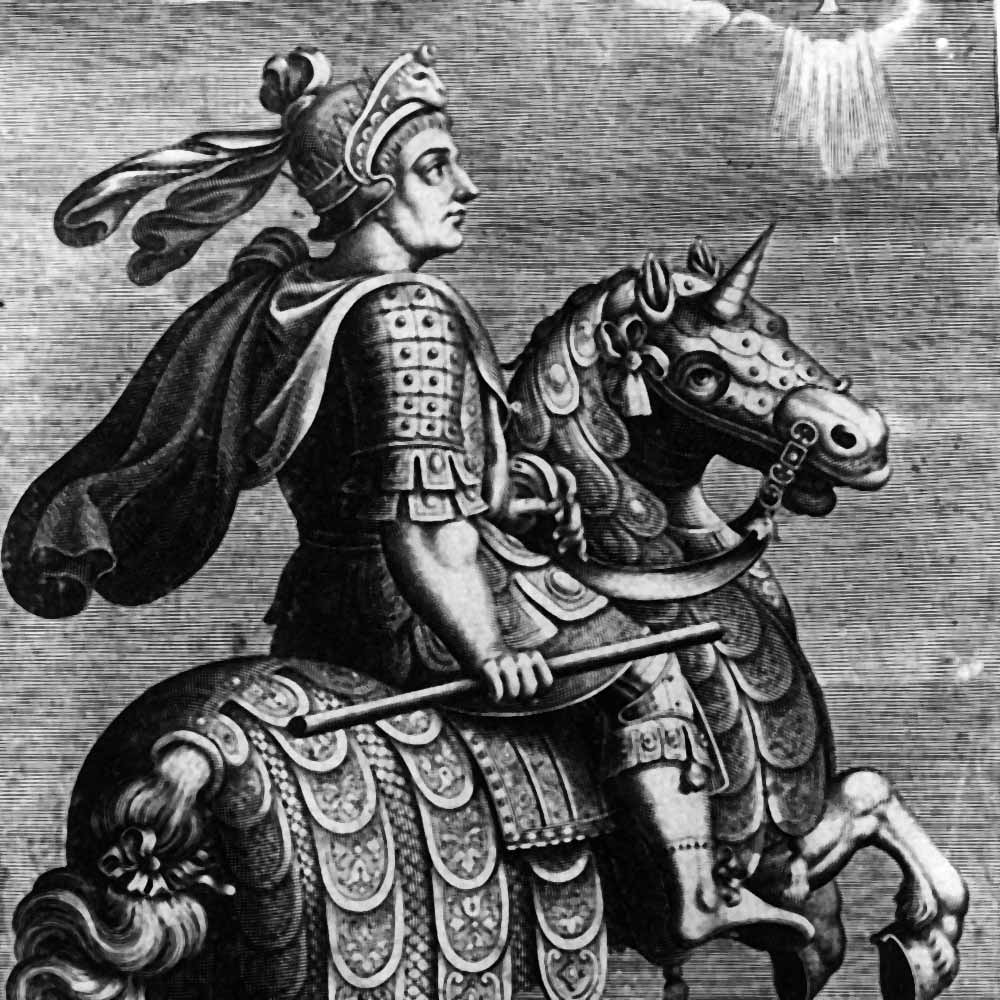
------------------------------------


----------------------------------------------
-----------------------------------------------
Constantine’s rise to power in Britain and Gaul and victory over Maxentius in Italy during the troubled times of the Second Tetrarchy; and then described at length the political and military struggles of Constantine with Licinius for supremacy in the east. It ended with references to the emperor’s conversion to Christianity
THE TALE OF THE SURVIVORS OF THE PERSECUTION OF CHRISTIANS
After surviving the decade long “Great Persecution” and being elected Bishop of Caesarea in 313, Eusebius expanded his history with an eighth book on the persecutions of Diocletian and Galerius
Socrates Scholasticus, a Christian lawyer and native of Constantinople, wrote a Church History covering the period from Constantine’s conversion to 439 His first book was devoted to Constantine’s reign. Sozomenus, another Christian lawyer and literatus who had migrated to the city from Palestine, wrote a Church History also starting with Constantine’s conversion
Socrates and Sozomen, had been raised by Arian parents in Cappadocia, and then came to the capital city in the early fifth century. There, just as his orthodox competitors were beginning their works, he completed a Church History covering the period from Constantine to 425 The first two books were devoted to the reign of Constantine, and contained material favorable to the pro-Arian bishops who had gained Constantine’s confidence late in his reign
Walang komento:
Mag-post ng isang Komento